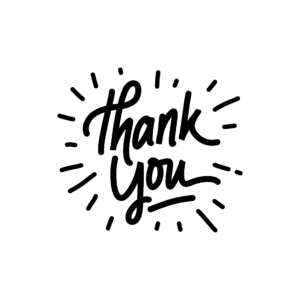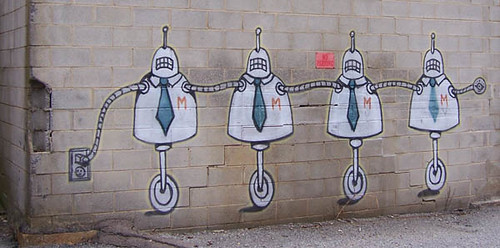Lessons learned in topic 5

So here we are at topic five. We met our PBL group yesterday evening, and it was an emotional farewell, to our facilitators, Alastair and David who I can’t thank enough for their time and wisdom in keeping us on course. And to my fellow participants, Elżbieta, Helene, Irshaad, Sara and Wei – it’s been a whirlwind few weeks, meeting every Tuesday and Thursday evening, and I will miss this networked connection. What an inspiring and committed group of educators, one and all. I’ve learned so much from shared conversations with you.
For us, the final framework of modes of study of Elmor’s modes of study, as described by Meilleur (2020) I’ll-fit a means of framing our ONL participation. It presents a false binaries between individual and collective, hierarchical and distributed. Our involvement was characterised as much by movements between these endpoints. Shifts that were more organic than mathematically liner. And irrespective of which quadrant might best characterise one’s learning context, the need for practices such as organisation, structure and routine transcend.
One metaphor that might more aptly describe our engagement is Engeström (2007) concept of mycorrhiza. The term mycorrhiza describes a fungus that grows on the roots of a plant or tree in a symbiotic relationship. The idea evolved from his research groups work on negotiated knotworking and suggests another way of framing our understanding of learning in distributed networks, whereby together we create knowledge and understanding through our open collaboration in a mutually beneficial way, like mycorrhiza do, on the roots of a tree of knowledge, within a community of learners.
“Expansive swarming engagement and multi-directional pulsation refer to star-like patterns of movement where the participants disperse outward to pursue their various trails and to expand the scope of the mycorrhizae, but also return and come together in various ways to contribute to the forging of the runaway object. … Interestingly enough, mycorrhizae behave in ways somewhat similar to the social insects: when one of the filaments contacts a food supply, the entire fungal colony mobilizes and reallocates resources to exploit the new food.”
Engeström (2007)
Whilst an abstract idea, this video of the science behind mycorrhiza will illustrate how this works in nature, and may help you see some parallels with our patterns of participation on ONL.
It is this metaphor that speaks more to the mutually beneficial relationship we had within our PBL group, and the wider course members outputs, and the course organisers themselves.
I hope we can carry out some of our learnings out into the wider metaphorical soil of our own places of learning, and share the benefits and challenges that these last weeks have wrought.
A note on benefits and challenges of engagement on ONL
To conclude, here are the overall challenges and benefits accrued.
Firstly, the use and variety of tools, and making decisions on the most appropriate to use to convey our shared outputs, was not always easy. Finding our way across the WordPress site and Google drive took some time to become accustomed to. And we used What’s app – a mobile-first approach that was immediate and direct but invisible to others in terms of our engagement on the course.
Secondly, the socio-emotional aspects of group working could be challenging, asking us to shift away from working independently as we do in our institutions, to working collectively and without hierarchy. But ultimately, this challenge turned out to be one of the major learnings and benefits.
And of course – time is always a challenge but is also a good indicator of one’s priorities in how it is allocated.
In terms of benefits accrued, the course offered an emancipatory exposure to key theories, models and frameworks. Notable were David White’s visitors and residents model (White, 2021); pedagogies of open educational practice from Maha Bali (2021); the importance of community (Oddone, 2021); the examination of the learning design models and frameworks such as approach within the Open University as shared by Martin Weller (2021).
The course facilitated the experience of socially distributed collaboration and openness directly as a learner. We have learned so much in working together, through the structured scenarios, supported by our facilitators and the course design. The authentic, real-world scenarios drove our curiosity. The current resources led us to more in-depth reading. Being part of the process directly changed our practice – ideas were not just theoretical; we learned through living the application, and from our individual reflections and collective artefacts. Our competence in the use of digital tools, grew as we appropriated these embedded in the course activities.
In living through the course in this way, we grew larger too.
So, (for living proof that the written word is never enough), all that remains to say to the ONL212 organisers, facilitators and collaborators is …

References
Bali, M. (Producer). (2021). Webinar: Exploring Nuances of Open Educational Practices Retrieved from https://play.lnu.se/media/t/0_1yzfiti2
Engeström, Y. (2007). From communities of practice to mycorrhizae. In J. Huges, N. Jewson, & L. Unwin (Eds.), Communities of Practice (pp. 14): Routledge.
Meilleur, C. (2020). Elmore’s 4 learning modes. Knowledge One. Retrieved from https://knowledgeone.ca/elmores-4-learning-modes/
Oddone, K. (Producer). (2021). ONL212 Topic 3 webinar – Learning in communities Retrieved from https://play.lnu.se/media/t/0_pdkidza4
ONL212. (2021). Open Networked Learning 212: A course, a community, an approach. Retrieved from https://www.opennetworkedlearning.se/onl212-course-overview/
Weller, M. (Producer). (2021). #ONL212 Topic 4 webinar recording with Martin Weller. Retrieved from https://youtu.be/Fav9zsU1Zpo
White, D. (Producer). (2021). #ONL212 Topic 1 webinar with David White. Retrieved from https://youtu.be/VOmuzwVuqgc
Final note: our advice to future participants (See full source)







